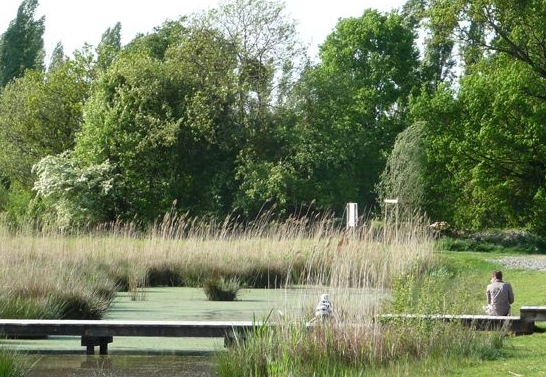Reviving the Earth: The Role of Landscape Architecture in Ecological Restoration
Landscape architecture plays a crucial role in restoring and revitalizing ecosystems around the world. Through thoughtful design and strategic planning, landscape architects can help regenerate damaged landscapes and promote biodiversity.
Designing with Nature in Mind
One of the fundamental principles of landscape architecture is to work harmoniously with nature. By incorporating native plants, trees, and materials into their designs, landscape architects can create spaces that mimic natural ecosystems. This not only enhances the aesthetic appeal of the area but also provides habitat for wildlife and helps sustain local ecosystems.
Restoring Damaged Landscapes
Many landscapes have been negatively impacted by human activities such as deforestation, urbanization, and pollution. Landscape architects can help restore these damaged habitats by reestablishing vegetation, improving soil health, and mitigating erosion. Through careful planning and implementation, they can transform degraded areas into vibrant and sustainable landscapes.
Promoting Biodiversity
Biodiversity is essential for maintaining healthy ecosystems and supporting a wide range of plant and animal species. Landscape architects play a crucial role in promoting biodiversity by creating habitats that support a diverse array of plants and wildlife. By incorporating a variety of native species into their designs, they can help increase the resilience of ecosystems and foster a healthy ecosystem balance.
Creating Sustainable Solutions
In addition to restoring ecosystems, landscape architects also focus on creating sustainable solutions for urban and rural areas. By designing green infrastructure, such as rain gardens, green roofs, and permeable pavements, they can help manage stormwater runoff, reduce heat islands, and improve air quality. These sustainable solutions not only benefit the environment but also enhance the well-being of communities and promote a healthier lifestyle.
Collaborating with Stakeholders
Successful ecological restoration projects require collaboration between landscape architects, government agencies, community stakeholders, and environmental organizations. By working together, these stakeholders can leverage their expertise and resources to implement effective conservation strategies and ensure the long-term success of restoration efforts.
In conclusion, landscape architecture plays a vital role in reviving the Earth and promoting ecological restoration. Through thoughtful design, sustainable solutions, and collaborative partnerships, landscape architects can help create resilient and thriving ecosystems that benefit both the environment and society as a whole.

